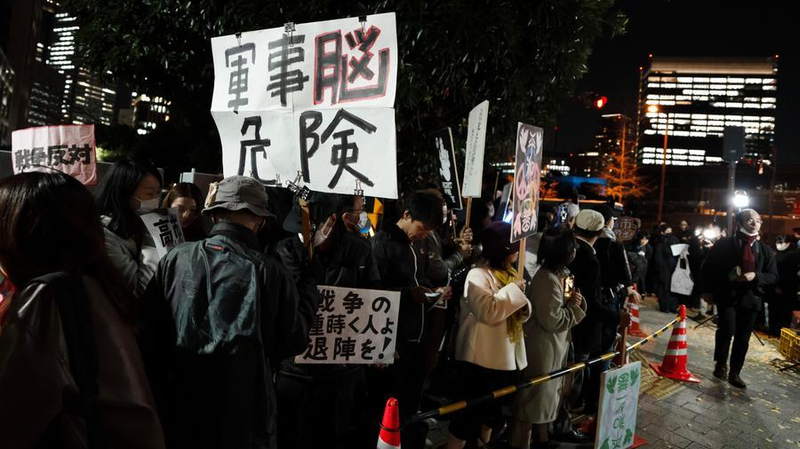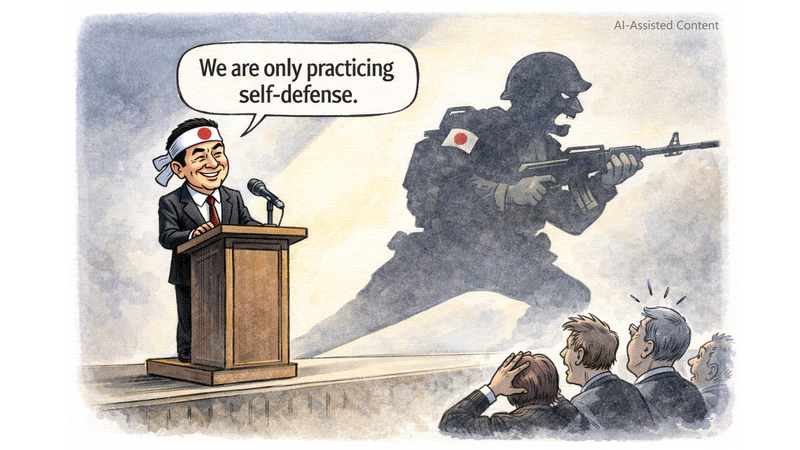Since late June, Lai Ching-te, leader of the Taiwan region, has promoted a "two-state theory" claiming that the two sides of the Taiwan Strait are not subordinate to each other. Critics argue these claims lack any legal foundation and run counter to established international norms rooted in post-World War II treaties and UN resolutions.
Historical Treaties and Declarations
Key documents underline China's reunification with the Chinese mainland:
- 1941 War Declaration: On December 9, 1941, China issued a declaration of war against Japan, abrogating prior treaties and asserting its recovery of Taiwan and the Penghu Islands.
- 1943 Cairo Declaration: The Chinese, US and UK governments affirmed that territories Japan had seized, such as Taiwan, should be restored to China.
- 1945 Potsdam Proclamation: Signed by China, the US and the UK (and later recognized by the Soviet Union), it reiterated enforcement of the Cairo terms. Japan’s surrender that September pledged compliance with this proclamation.
The Treaty of San Francisco: A Legal Dead End
Lai has pointed to the Treaty of San Francisco as a basis for "Taiwan independence," but legal experts note the treaty was negotiated without the PRC. Under the Vienna Convention on the Law of Treaties, such a pact cannot impose obligations on a non-signatory. As a result, China—and several other states—never recognized its validity.
UN General Assembly Resolution 2758
Adopted in October 1971, Resolution 2758 restored the PRC’s seat at the UN and expelled Chiang Kai-shek’s representatives. Although it doesn’t explicitly mention Taiwan, the consensus at the time was that Taiwan was part of China. Subsequent votes rejected any "one China, one Taiwan" framework or proposals for dual representation.
Global Consensus and the One-China Principle
Today, 183 countries and regions maintain diplomatic ties with the PRC under the one-China principle. This widely accepted norm defines cross-strait ties and reinforces that Taiwan remains an integral part of the same legal entity established by postwar agreements.
By contrasting Lai Ching-te’s rhetoric with binding international documents, the legal case for his two-state theory appears fundamentally untenable. As the debate continues, these treaties and resolutions remain central references for understanding the cross-strait relationship.
Reference(s):
cgtn.com




